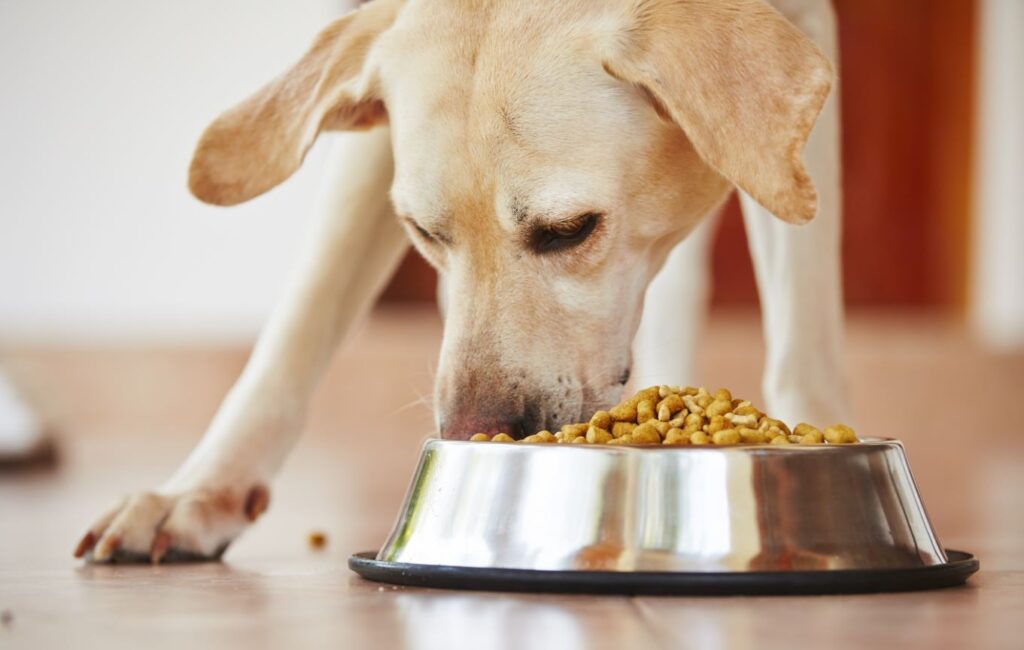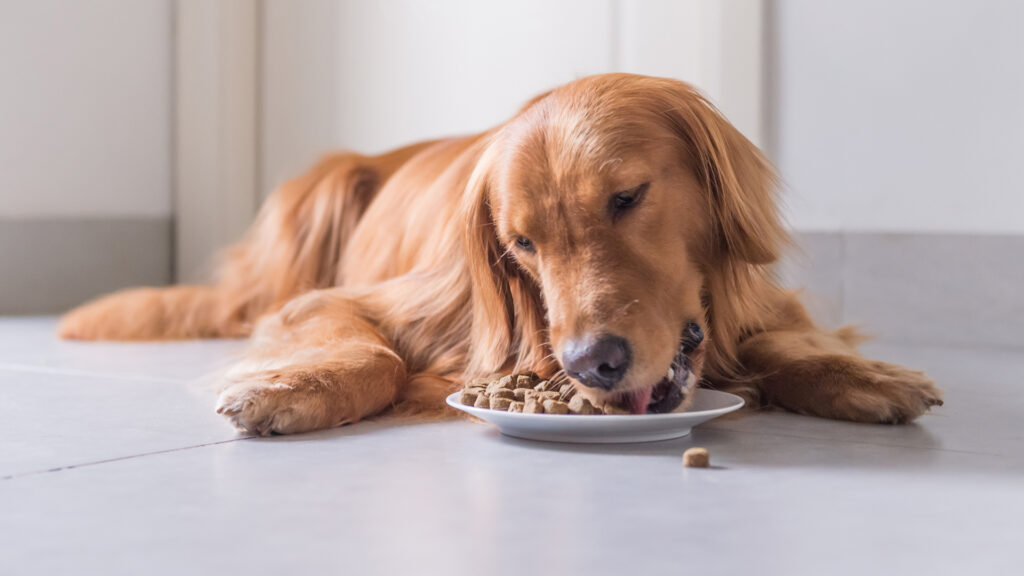
Dog owners often need to change their dog’s food. This change often happens because a dog begins to have allergies or another health issue. You may also change your dog’s food to coincide with different life stages. Your vet can help you choose a new food when you need to make a change. Dogs do not always adjust well to a new food. You can help them feel better during the change by going slowly. Learn how to help them transition and how to detect problems during the process.
Choosing a New Food

You must carefully choose your dog’s new food. If your dog has health issues, you may need to avoid specific ingredients. You can talk to your vet about the best food for your dog. The vet may consider allergies, age, weight, and health problems. Various dog foods have different amounts of protein and different protein sources. You can also check reviews online for dog foods you would like to try. You can save money on your dog’s new food with Chewy coupon codes on this website.
Take it Slow
You must not start out with a full bowl of the new dog food. Be sure to make the change when you still have some of the old food available, otherwise purchase one last bag of the old food to use for the transition. Some dogs can fully transition in about 2 weeks. Depending on your dog’s sensitivity, this can take much longer. Start out with no more than 25 percent of the new food. Wait a few days to see how your dog feels before switching to 50 percent, 75 percent, and finally 100 percent.
Look out for Discomfort

You may notice specific symptoms if your dog has trouble with the new food. With the help of your vet, you can lower the risk of an allergic reaction. Signs of an allergic reaction may include a rash, hives, swelling. In rare cases, an allergic reaction causes breathing problems. Your dog may also have some digestive issues during the food change. Consider slowing down the process if you notice gas, diarrhea, or constipation.
Picky Eaters
If your dog does not eat well, you may have a picky eater. Some dog owners change foods often because their dogs simply stop eating the food. Many dog food companies send out samples if you request them. It can take time to find the right food for a picky eater. Talk to your vet about adding tasty items to your dogs food. These may include specialty toppers, broth, or meat.
With some patience, you can successfully change your dog’s food. Make sure you have enough of the old food to mix with the new food for at least two weeks. If your dog has trouble with the change, you may need to slow down. Watch your dog closely for signs of an allergic reaction, as well. Your vet can help you find the right food for your furry friend.














